https://www.youtube.com/watch?v=726N-A6-MsE
How To Play - Fix You by Coldplay (Piano and singing) - PTM
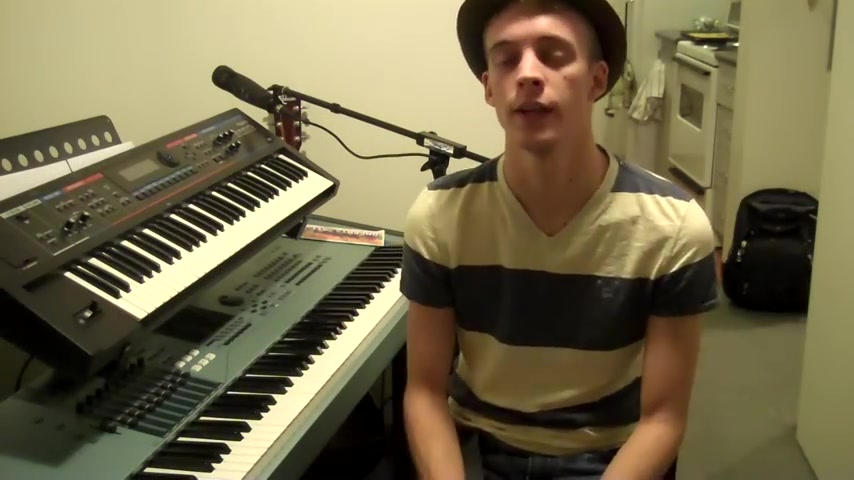
Hey guys , what's going on ?
This is the PTM .
I got a request on my channel that said , can you please show us how to play Fix You by coldplay ?
So I thought , wow , that's a great idea because I just put a cover up and you should check it out .
So click right here .
Don't forget to subscribe .
Uh I'm gonna keep bringing on some tutorials .
This is for pianist and singer .
So you're gonna be singing along and playing at the same time , upload a video of you playing this song after I taught you and post it as a video response to this video .
Uh Have fun playing the song and learning it .
I will see you later .
All right .
Fix you by coldplay .
Here we go .
So I'm gonna teach you the introduction right now .
In two parts .
The first part we're going to learn is the right hand .
It's quite simple .
Actually , all you have to do is play two chords over and over again .
So you're going to start with an E flat major chord .
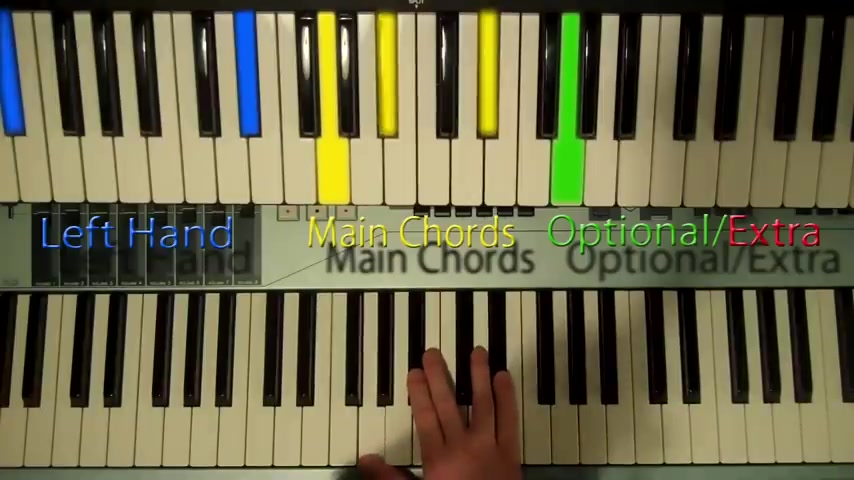
So that is E flat and then B flat and then G OK , it can be up here or it could be up here , right .
Like I , I do this because it , um , it sounds best , uh , to me .
Um , and then the next chord is going to be a GMG minor chord .
So GP for NT , right .
And then you're gonna go one , you to , to back and forth .
OK .
That is your right hand .
Now , for your left hand , you're gonna start off , um , right here and an E OK ?
And I'm gonna go through this slowly and then I'm gonna go faster to show you exactly how it's gonna sound later .
So this is your introduction .
It's gonna go E flat FG and B flat .
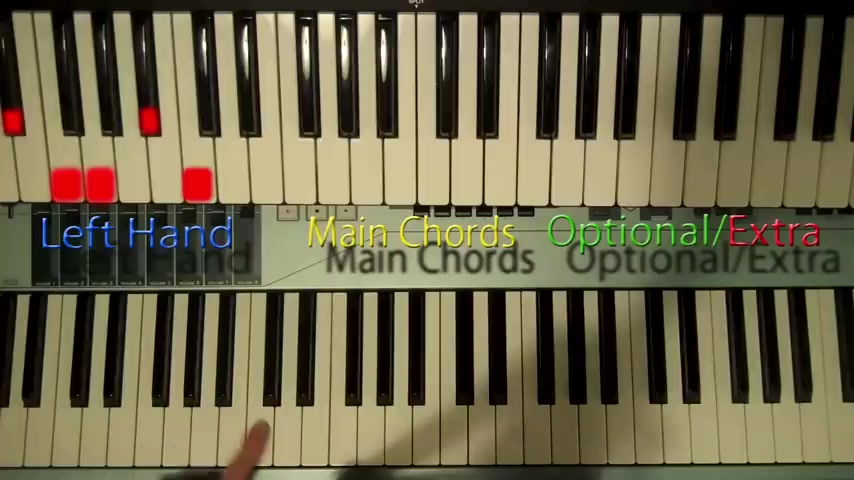
C back to B flat .
All right .
And then you do that again .
E flat FG back to E flat though this time C and then down even more to a beef .
All right and all right .
So let's do this one more time .
EF TB mm Efge flat .
Be flat .
Sorry , I didn't say flabby .
So here we go .
We're gonna put these together now ready .
It's gonna look like this .
All right .
So there we go .
That's the introduction .
You can keep playing that throughout the whole verse .
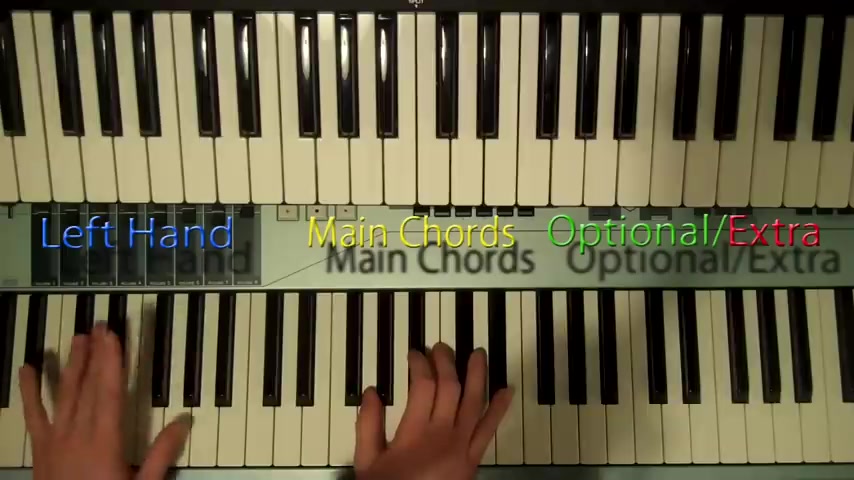
If you're able to actually sing and play this melody in the left hand at the same time or you can just hold the left hand notes .
All right .
So what you're gonna do for the verse is like I said , either play it like this when you try .
Yes .
But you don't say or you can hold left hand notes just like this .
It's gonna be E flat , G in the left hand again .
C and be fight , right ?
You , yes .
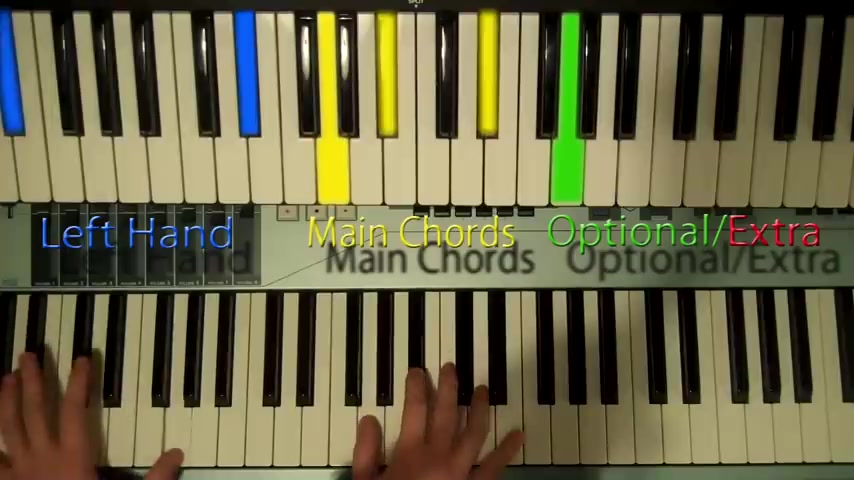
But you don't when you get what you want but now when you , but you can stuff OK , same thing for the second verse .
I'm not going to show you because it's the exact same notes .
Just change the lyrics .
All right .
So for the chorus , the first chorus , you are going to be playing just a regular , a flat major chord and then you're gonna go up to a B flat major chord and then back to an , a flat major chord and back up to a B flat major cordon pretty simple .
Uh Let me sing it for you .
So you know how it goes .
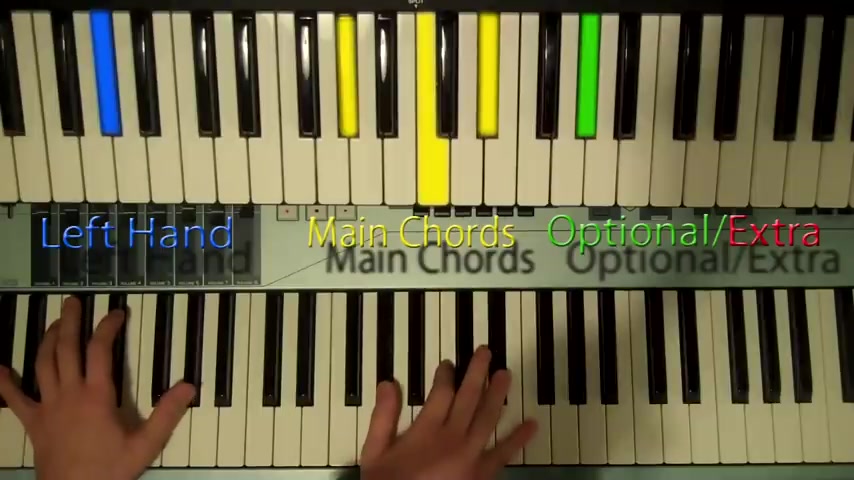
Mm I You Yeah .
And to fix you .
OK .
Right after that part , you're gonna go up here in the right hand to play a little bit of a melody before the third verse .
It's gonna go like this .
OK ?
So same thing in the , in the left hand , but in the right hand , you're just going simple to G to E flat and then G to D back up .
OK ?
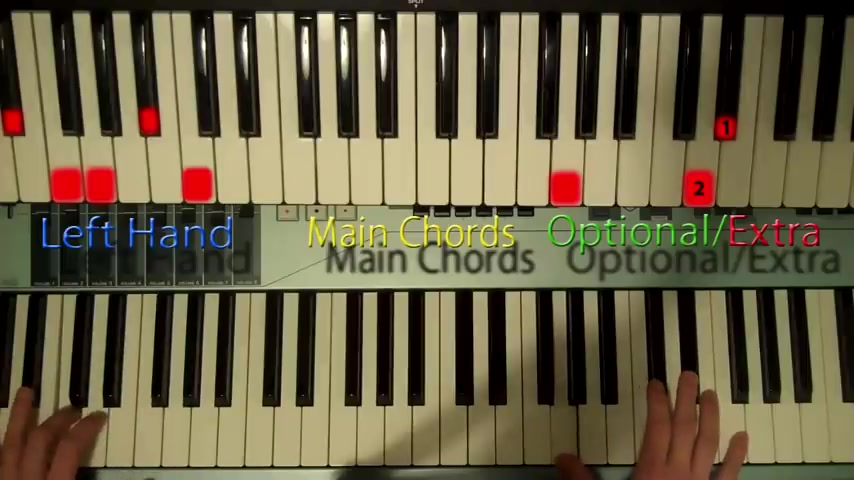
eh ?
Qué tal Rock ?
Yo soy Santiago , de la escuela de Rock , aquí en Quito , Ecuador .
Antes de empezar con este video tengo que hacer una pequeña advertencia .
John Frusciante tiene un muy profundo conocimiento de la teoría musical y para las personas que entienden de teoría musical va a resultar fascinante ver cómo él aplica estos conceptos en su música .
Y ahí es cuando uno se da cuenta realmente porque es un músico tan especial y tan único .
Pero va a también a haber muchas personas que se queden , como que no entendí nada para todas esas personas .
No se enojen conmigo , porque esta es la forma en la que Frusciante mismo explica las cosas .
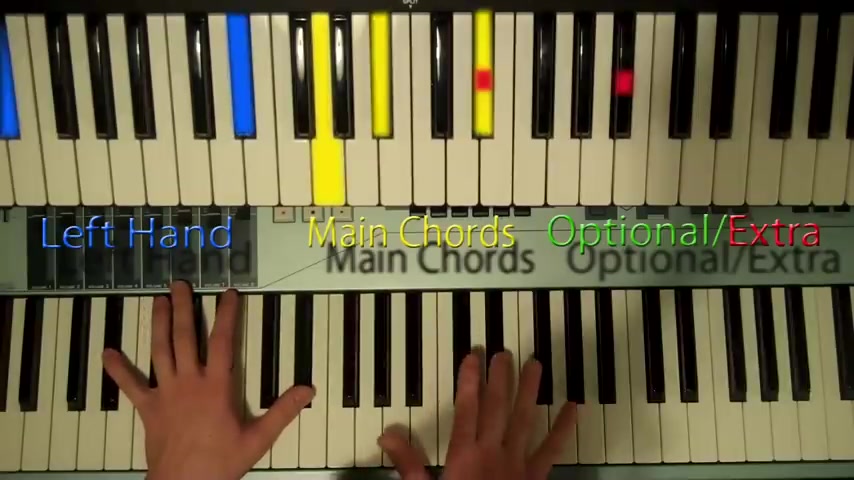
So you're gonna start by playing s here , it's gonna be an E flat major chord and you're gonna go like this then down to a flat major .
Same with the cord here , back to E flat major and here it's gonna be B flat major , but still play this E for a couple of times , the next C minor , then a flat leave flat again .
That would be flat .
All right .
And same thing when the lyrics come in .
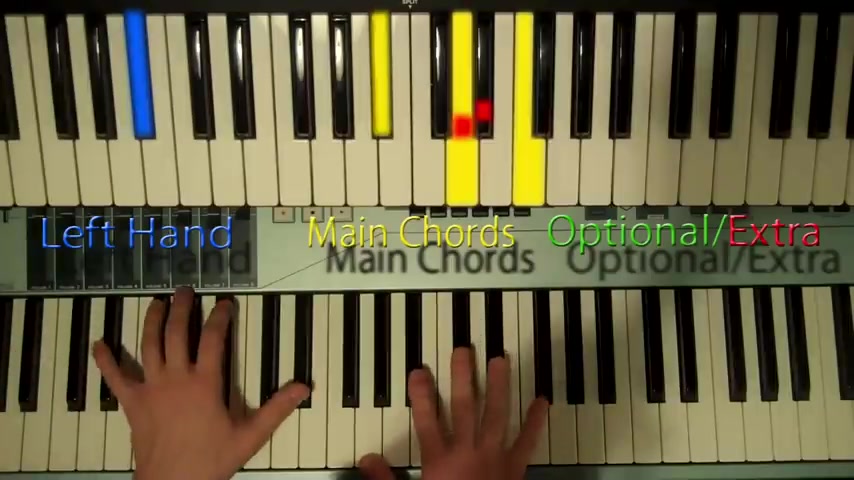
Y él dice que utilizaba un típico diccionario de acordes muy conocido de Ted Green , que se llama Court Knit , pero que básicamente , al ser un diccionario de acordes , no sabía exactamente cómo aplicarlos .
Por ejemplo , digamos que tenía un acorde como éste , que se llama Mi siete bemol nueve por sí solo .
No funciona muy bien como acorde .
No tiene mucho sentido .
Es como que uno quisiera hacer un acompañamiento con esto .
No termina de cuajar eso muy bien , pero que al revisar la música de músicos como Elton John o los Beatles se empezó a dar cuenta cómo se utilizaban ese tipo de acordes .
Entonces , por ejemplo , un acorde como este tiene mucho más sentido .
Are you looking for a way to reach a wider audience and get more views on your videos?
Our innovative video to text transcribing service can help you do just that.
We provide accurate transcriptions of your videos along with visual content that will help you attract new viewers and keep them engaged. Plus, our data analytics and ad campaign tools can help you monetize your content and maximize your revenue.
Let's partner up and take your video content to the next level!
Contact us today to learn more.